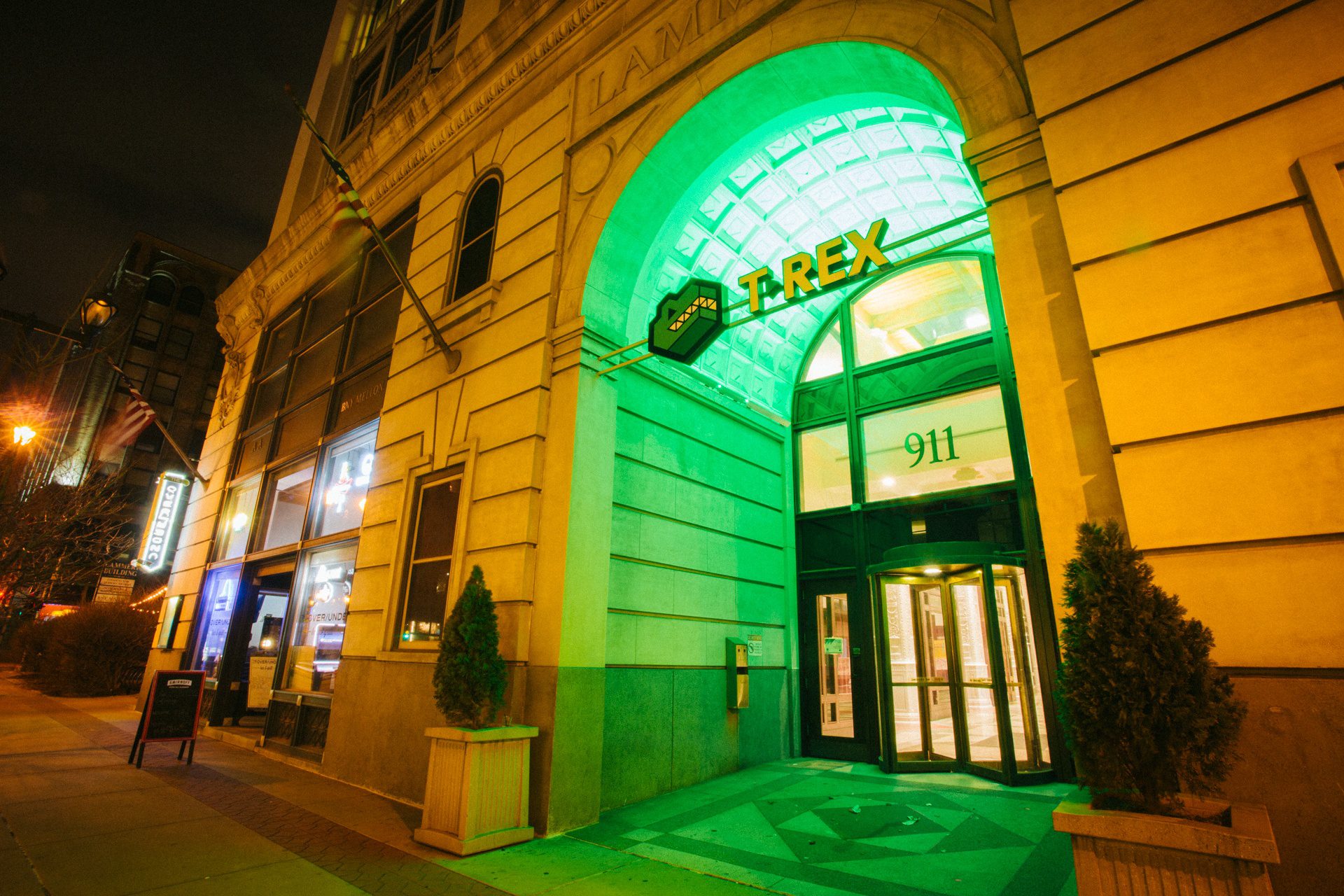Midwest Millennials
Post-grads are learning that St. Louis’s low cost of living means more money for business and leisure.
Recent millennial trends are helping to write an exciting new chapter for cities like St. Louis.
More and more educated millennials—people who Pew Research defines as roughly between the ages of 23 and 38, as of 2019—are finding that cities across the Midwest offer a wealth of attractive perks. And with its affordable living, nationally-lauded cuisine, distinct neighborhoods, and strong arts and entrepreneurial communities, St. Louis easily ranks among the best.
As Pete Saunders writes in Forbes, the rise of millennials moving to former Rust Belt cities like St. Louis “has the potential to provide a sturdy foundation for future city growth. Where young educated people choose to go, the people who employ them will follow, and so will the services and amenities that appeal to them.”
Tim Henderson shares a similar sentiment in PBS, writing:
“Population won’t rebound immediately, said Richard Piiparinen, who studies the Rust Belt at Cleveland State University… ‘But when you attract educated people with a knowledge economy, you’re restructuring and creating a magnet for other people to move in.’ Baltimore, Pittsburgh and St. Louis saw their population of educated millennials grow by more than half since 2000, despite population losses overall, according to a Stateline analysis of census data collected from 2010-2014.”
Growing a Business
In recent years, St. Louis has enticed its own millennials to put down roots while also attracting those from other cities. Many attend college or graduate school in the region and then stay in town to build their businesses and lives, noting that expenses here are much lower than those on the coasts.
St. Louis’s notable tech incubator community is a popular highlight and continues to be a big draw for millennials across the country. The region has been enthusiastically facilitating opportunities for industry advice, mentorship and funding to create an exciting community of hard workers, big dreamers and innovative thinkers.
“We provide many of the tools and resources needed for millennials and others to start new companies and to be able to thrive at it,” Christine Karslake, then vice president of the St. Louis Economic Development Partnership, explains in the PBS article.
Annual funding competitions in St. Louis like Arch Grants and stARTup Creative Competition make sure smart business ideas and impactful creators have access to valuable resources right here in the heart of the country. The region’s local entrepreneurial incubators, research hubs and business-minded programs include trailblazing initiatives like T-Rex’s downtown complex, ITE @ UMSL, the upcoming Manufacturing Incubator led by Ranken Technical College, and the new Metro East Business Incubator (MEBI) based at Lindenwood University’s Belleville location.
Alongside those efforts, St. Louis’s coworking spaces and resource groups enable interdisciplinary possibilities. When a business builds its foundation at TechArtista’s arts-infused Central West End location, Brazen Global’s women-led growth groups or other innovation spaces, a strong sense of community guides how colleagues, professional peers and fellow entrepreneurs relate to each other.
High Work-Life Balance
Studies have shown that millennial entrepreneurs and creatives are seeking more work-life balance than their predecessors—something that’s becoming a little easier to do in St. Louis. Magnify Money ranks St. Louis as sixth in the nation for offering a balanced lifestyle, thanks to the region’s relatively low costs for housing and services as well as short commute times.
St. Louis’s affordable living environment combined with its wealth of business resources and low startup expenses allows younger business owners to develop their ventures while still having resources to spend on leisure activities. The St. Louis Regional Chamber notes that Class A office space is only $21.76 per square foot, significantly less than the U.S. average and even lower than the cost of space in other Midwestern cities. The local housing market is equally affordable, with Patch reporting the median purchase price at $128,000 in the city, $170,000 in St. Louis County and $190,000 in St. Charles in 2018. Renters in St. Louis benefit, too—median rental rates were $868 per month in 2017, according to Census data shared by Department of Numbers.
St. Louis residents also enjoy a higher quality of life thanks to plenty of low-cost entertainment and culture for both adults and for families. The region is known for its many music and food festivals, farmers markets and neighborhood events. Museums of every type dot the entire region, and many—including several world-class institutions in famous Forest Park—offer free or inexpensive admission. New greenways and trails connect scenic locations for those on foot or on wheels, plus Metro transit options hit popular spots in both Missouri and the Metro East. For those who prefer driving, Missouri gas prices typically are low—$2.47 per gallon as of April 2019, compared to a national average of $2.74, according to AAA.
With low business costs and a variety of lifestyle options, the St. Louis region is well-positioned to support and inspire millennials in both their professional careers and their leisure time.



